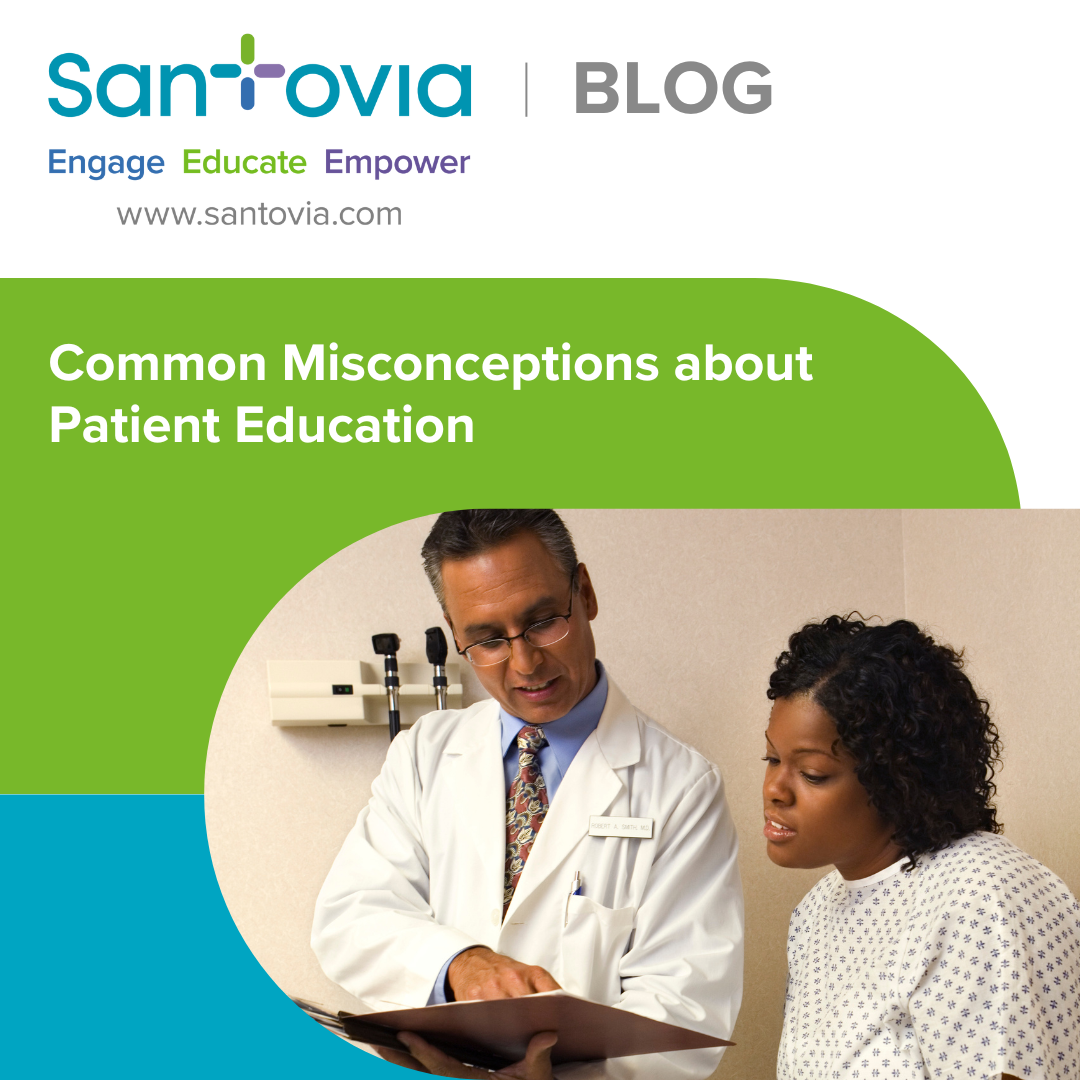Patient education is a significant component of healthcare, greatly impacting patient outcomes, observance of treatment plans, and overall satisfaction. According to a study from Baylor University Medical Center, effective patient education can enhance patients’ understanding of their conditions and treatments, leading to improved health outcomes. Despite its importance, patient education is often surrounded by misconceptions that can undermine its effectiveness.
Misconception 1: Patient Education is Only for the Chronically Ill
One widespread misconception is that patient education is solely for those with chronic or serious illnesses. In reality, patient education benefits everyone, regardless of their health status, and plays a significant role in improving public health outcomes. Preventive education can empower individuals to make healthier lifestyle choices, recognize early symptoms of potential health issues, and seek timely medical intervention. For example, educating the general population about the importance of vaccinations, healthy eating, and regular exercise can lead to a reduction in the occurrence of chronic diseases and improve public health outcomes.
Misconception 2: Patient Education is a One-Time Event
Another common misconception is that patient education is a one-time event, typically occurring during a hospital stay or a single doctor’s visit. However, it’s important to understand that patient education is an ongoing process that requires continuous reinforcement. Follow-up education and continuous learning are not just beneficial but necessary components of effective patient care.
For instance, a diabetic patient needs ongoing education about managing their condition, adjusting their diet, monitoring blood sugar levels, and understanding the implications of their treatment plan. Reinforcing this education through regular follow-ups ensures better understanding and retention, leading to improved disease management.
Misconception 3: All Patients Learn the Same Way
A serious error in patient education is assuming that all patients learn the same way. Patients have diverse learning styles and needs, necessitating various educational tools and methods. Some patients may benefit from visual aids like diagrams and videos, while others might find interactive tools and mobile apps more helpful. Personalizing education plans to match the patient’s preferred learning style enhances comprehension and engagement. For example, using a combination of written instructions, videos, and hands-on demonstrations can cater to different learning preferences and ensure that the patient fully understands their care plan.
Misconception 4: Digital Tools are Inaccessible to Older Adults
There is an overall myth that older adults are unable or unwilling to use digital health tools. Contrary to this belief, older adults have increasingly embraced technology over the past two decades. According to the Pew Research Center, about 75% of adults aged 65 and older are internet users, up from just 19% in 2000. Additionally, more than half of people in this age group (61%) are now smartphone owners. These statistics debunk the myth and highlight the potential of digital tools in patient education for older adults. Providing user-friendly digital resources and training can further enhance their engagement and improve their health management.
Misconception 5: Patient Education is the Sole Responsibility of Healthcare Providers
Lastly, it’s often believed that patient education is solely the responsibility of healthcare providers. In reality, effective patient education requires a collaborative effort involving healthcare providers, caregivers, family members, and the patients themselves. The partnership between a physician and a patient involves dual responsibility: physicians must inform patients on how to achieve health and wellness, and patients must act on the information provided. Medical informed consent is crucial, as it ensures patients understand and agree to the clinical evaluations and treatments proposed. Family members and caregivers also play a vital role by supporting and reinforcing the education provided by healthcare professionals. Encouraging active patient and family involvement can lead to better health outcomes and more empowered patients.
Seeking Continuous Patient Education
Addressing these misconceptions is essential for improving the effectiveness of patient education. By understanding that patient education benefits everyone, is an ongoing process, requires diverse teaching methods, can include digital tools for older adults, and involves a team approach, we can enhance the delivery and impact of patient education. Empowered patients are better equipped to manage their health, leading to improved outcomes and a more efficient healthcare system. At Santovia, we encourage individuals to seek accurate information and engage in continuous education. Santovia is a helpful tool in helping healthcare providers offer health education for improved patient health outcomes.
